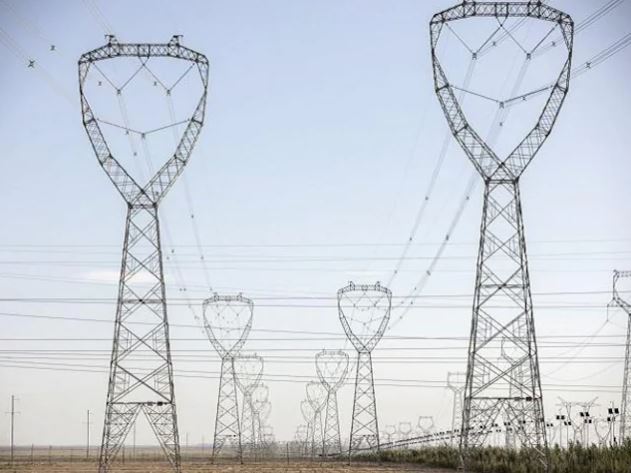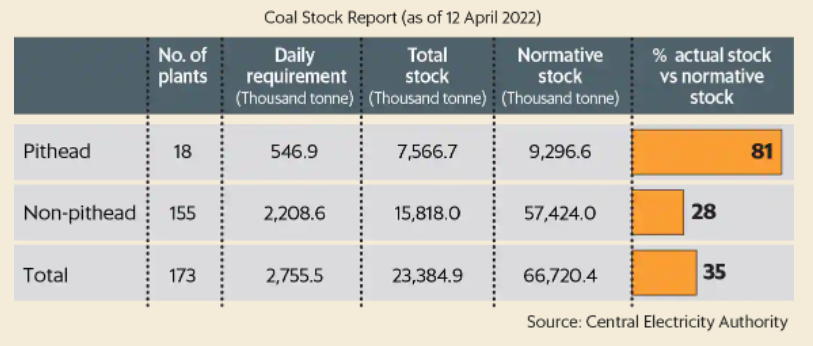Power Crisis in India – Cause and response

Context: Instances of power outages have been reported in several states. Temperatures have shot up across many parts of the country with the early onset of summer, leading to a rise in the demand for power.

This topic of “Power Crisis in India – Cause and response” is important from the perspective of the UPSC IAS Examination, which falls under General Studies Portion.
Why is there concern around power supply?
- The demand for power has soared.
- Several states, including Andhra Pradesh, Madhya Pradesh, Punjab, Haryana, Telangana, and Maharashtra, are facing power outages.
- The coal stock with power generation companies (gencos) is not adequate to meet the rising demand.
How bad is the coal shortage?
- Normally, a power plant must maintain 26 days of coal stock. However, at present, several power plants are reporting critical levels of coal stock.
- Data from the Central Electricity Authority (CEA) shows that 97 power plants out of the 173 that the CEA tracks have critical levels of coal inventory.
- Of the 173, there are 155 non-pithead plants or power plants that are not near coal mines.
- These have an average of 28% of the stock compared to the normal scenario.
- The 18 plants that are near coal mines have an average stock of 81% of the normal requirement.
Is coal shortage the only reason for a power crisis?
- The lack of railway rakes to transport coal is also a major problem.
- The state power distribution companies (discoms) have also not been able to clear their dues to power generation companies.
- The covid-19 pandemic has now weakened the finances of many states, raising doubts about the ability of state-owned discoms to clear their dues.
What has led to the coal shortage?
- Several factors have led to the shortage, including the stagnation of production by Coal India Ltd (CIL) after the bumper production in FY15 and FY16. In FY22, however, the production rose 4.4% to 622.6 million tonnes.
- High dues of discoms towards gencos and the eventual delay in gencos paying CIL have complicated the scenario.
- Delays caused in the environment and land acquisition clearances due to the existing political tussle between the Centre and coal-rich states in one way or other led to the shortage.
How has the Centre responded?
- Coal India Ltd (CIL) has made efforts to raise supply to the power sector by reducing its dispatch to other industries.
- The power ministry is planning to provide a ‘tolling’ facility to avoid long-distance transport.
- In this system, state gencos can allow other thermal power plants near a coal mine to utilize their coal linkages to generate and transmit power back.
- This is an easier alternative compared to transportation.
Way forward
- The states further need to ensure that imported coal-based plants operate at reasonable tariffs.
Practice Question for Mains
- Discuss the looming power crisis in India. (250 Words, 15 Marks)
Referred Sources


